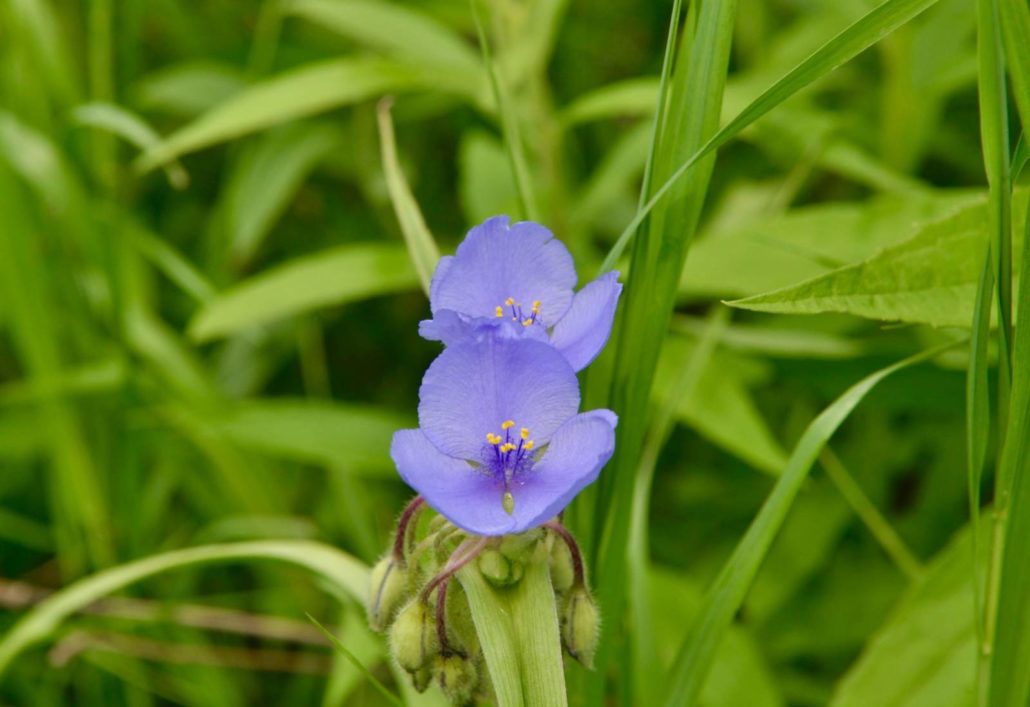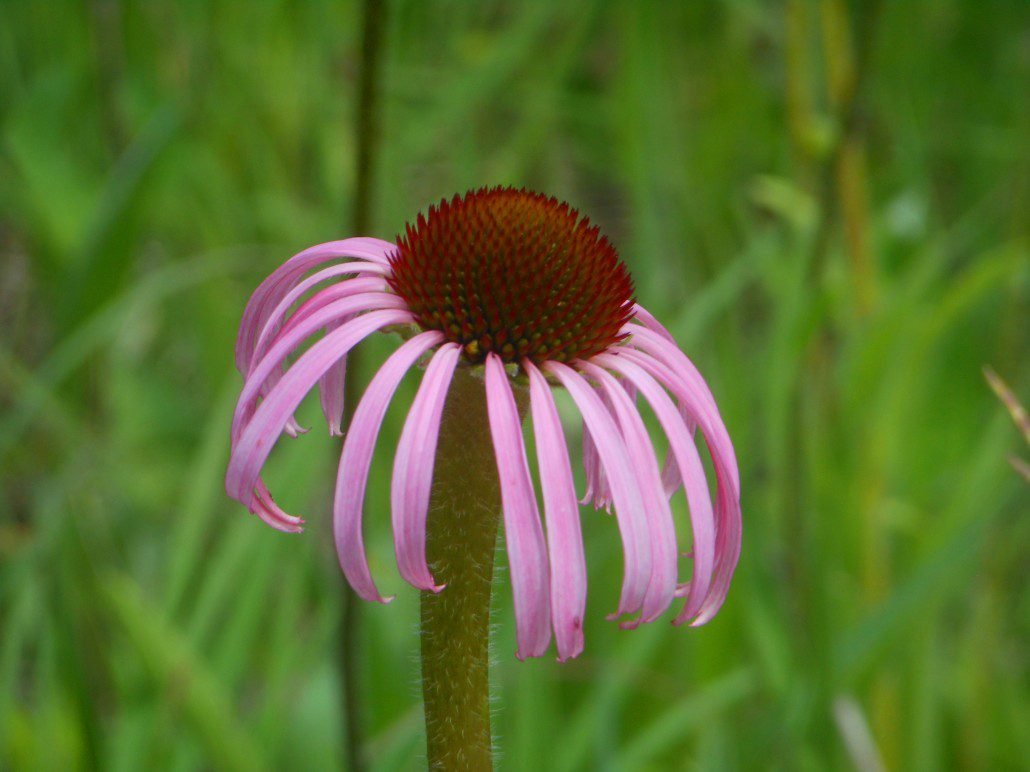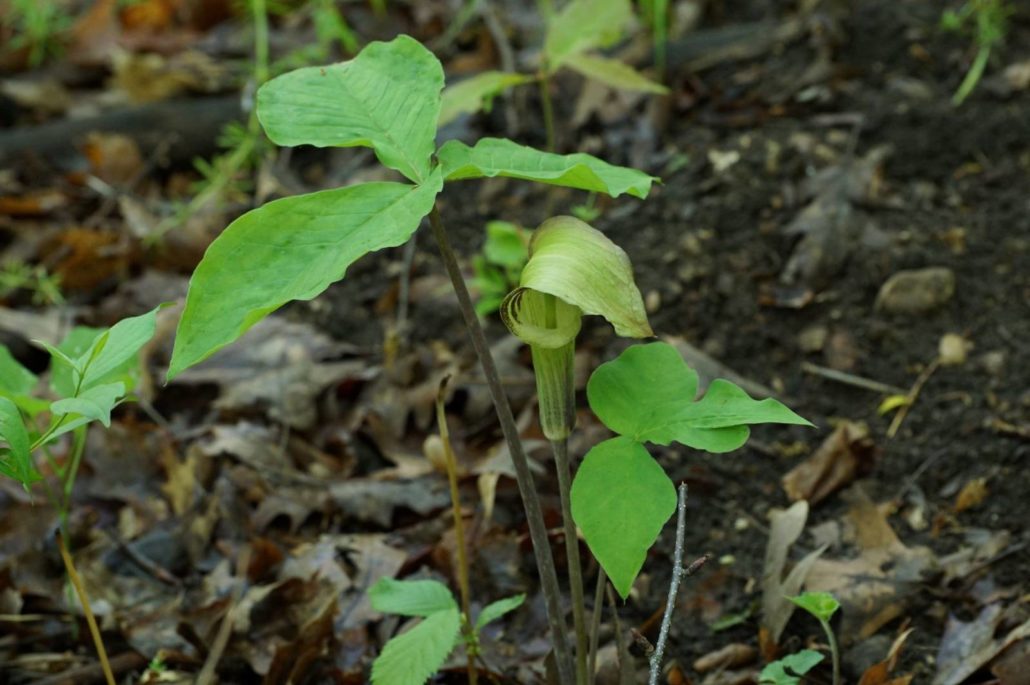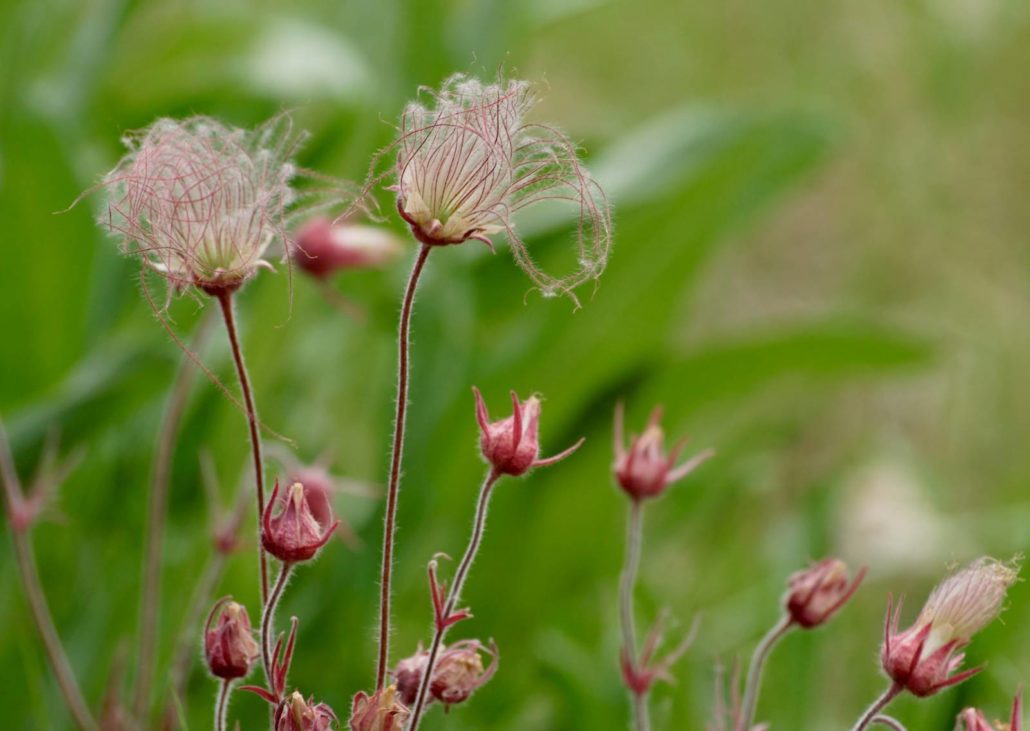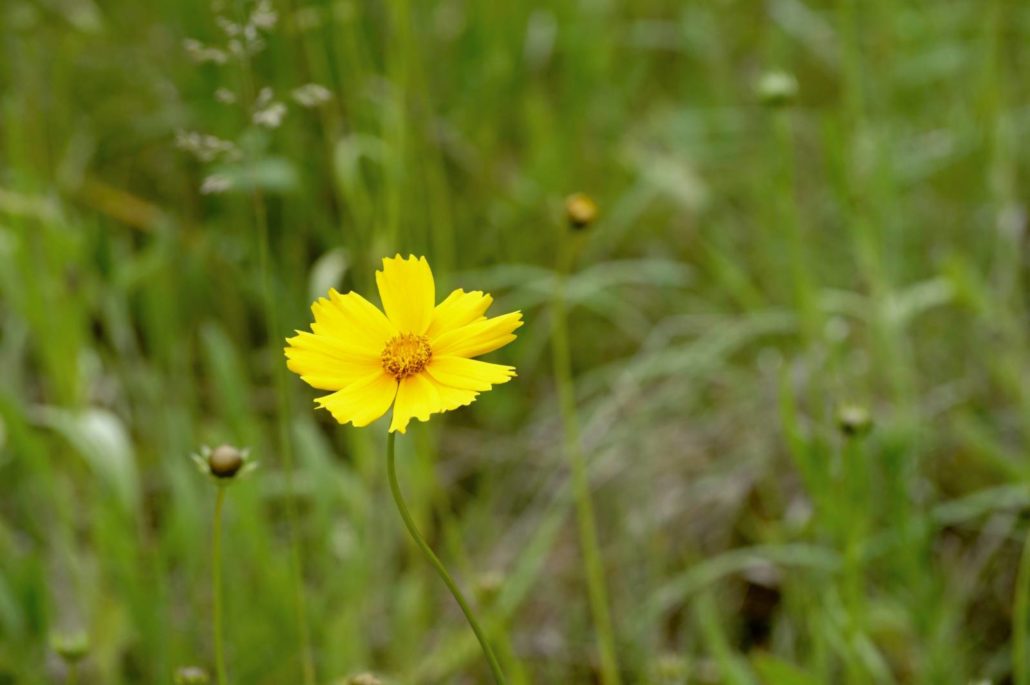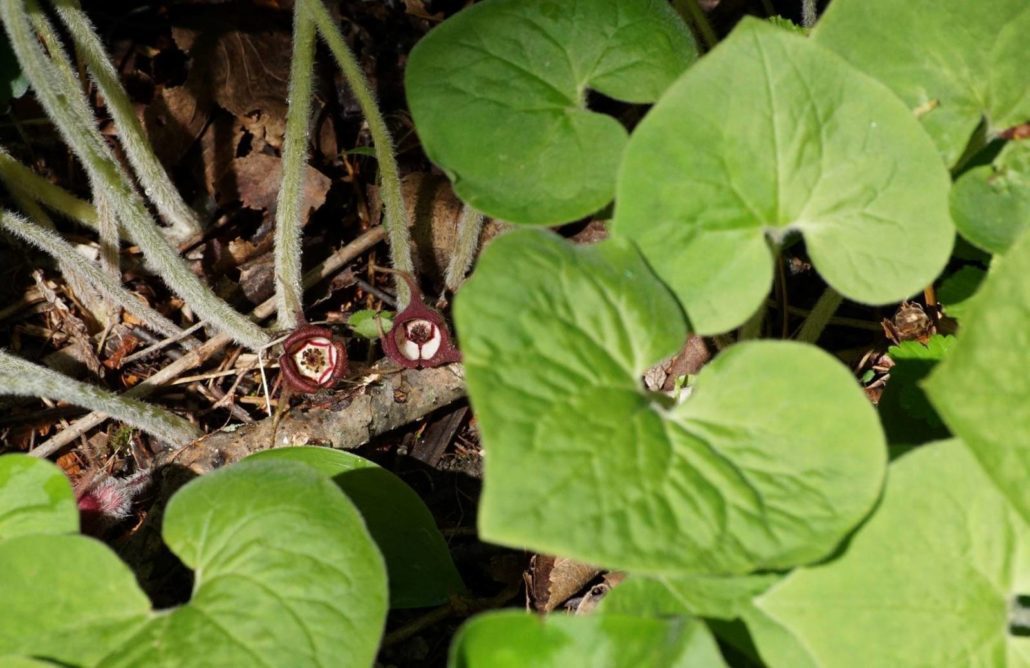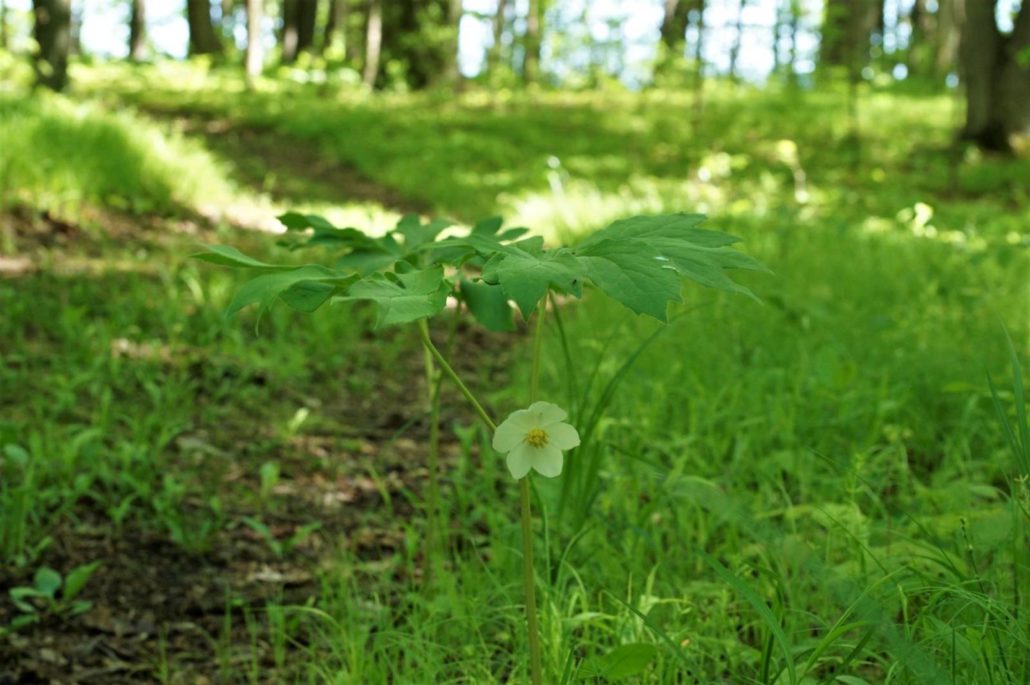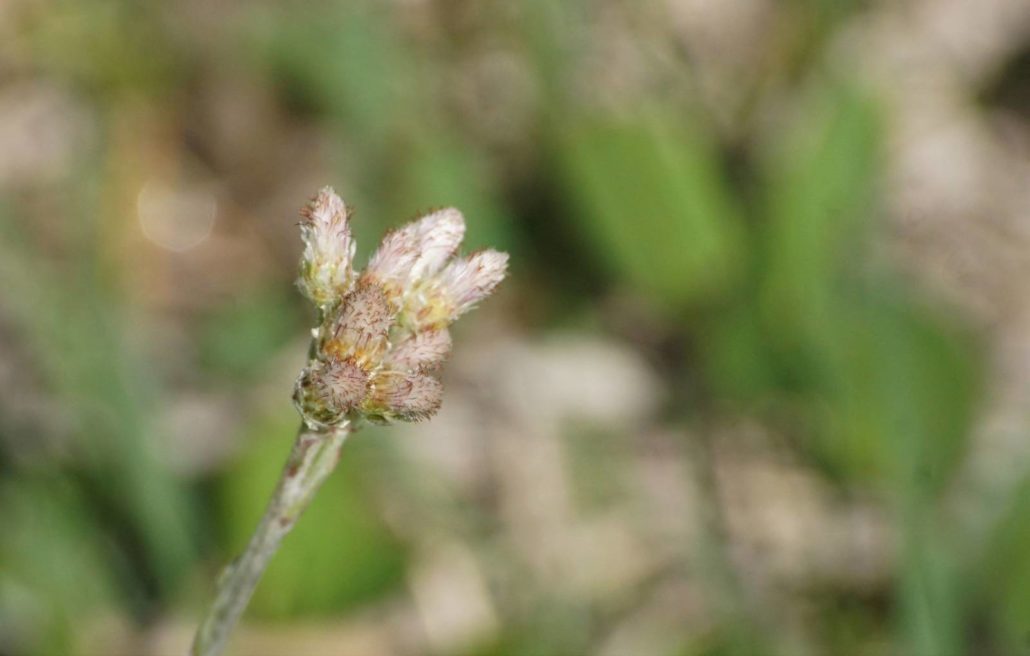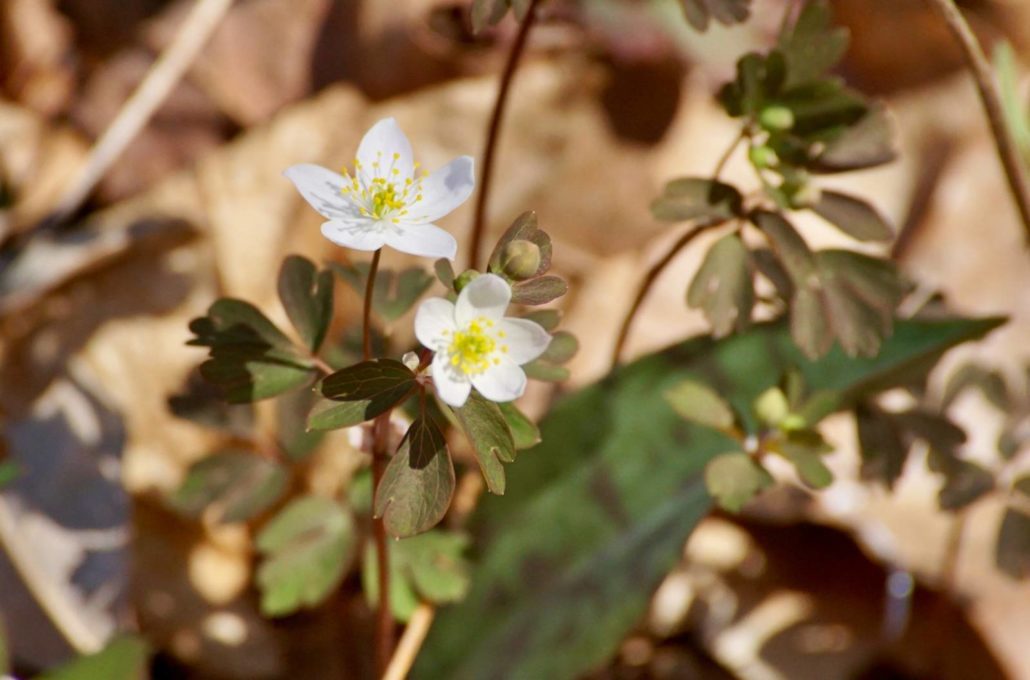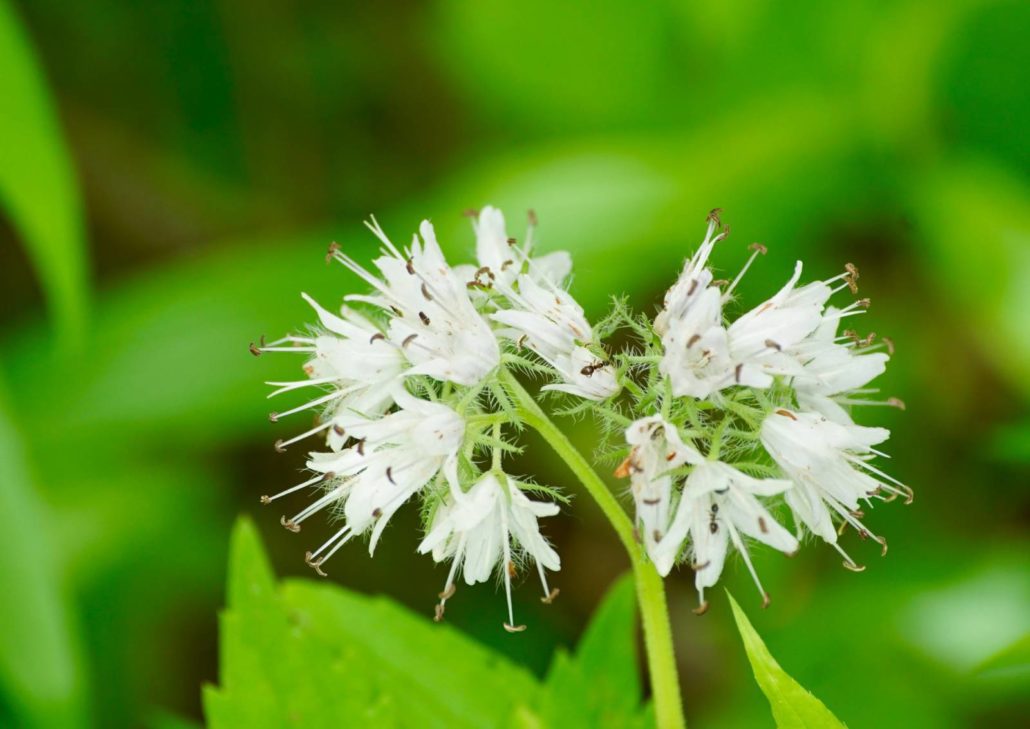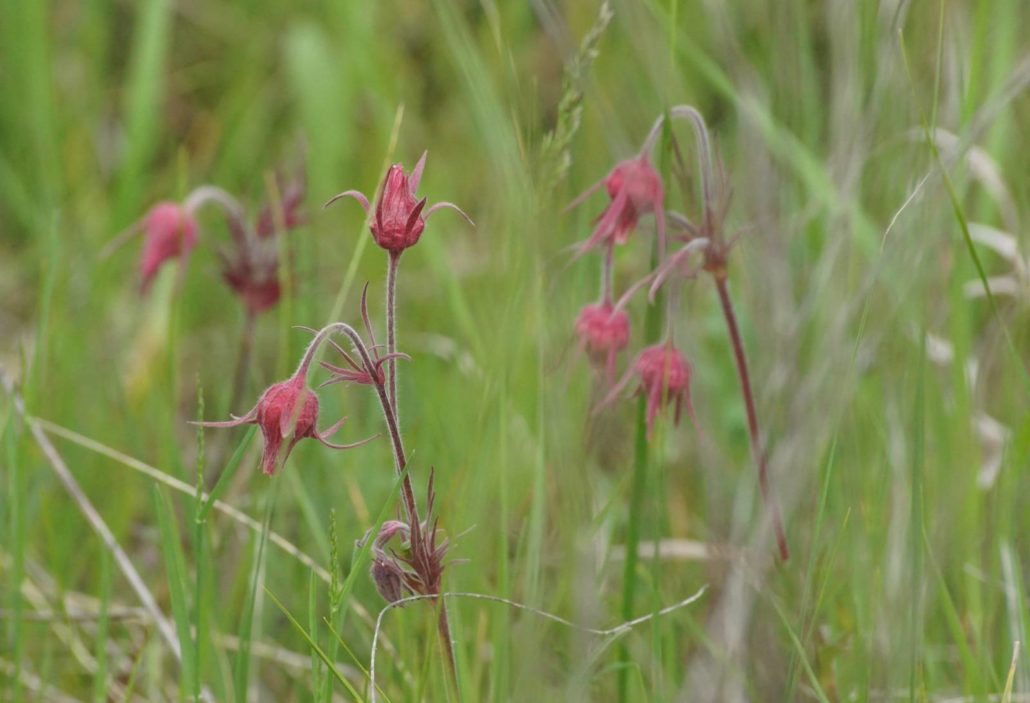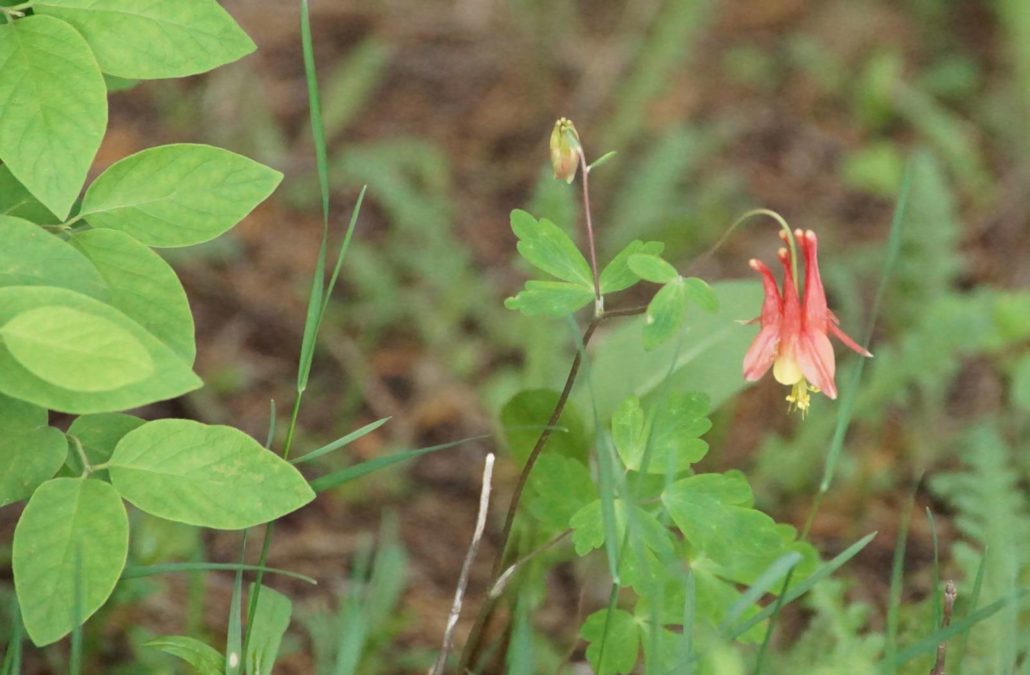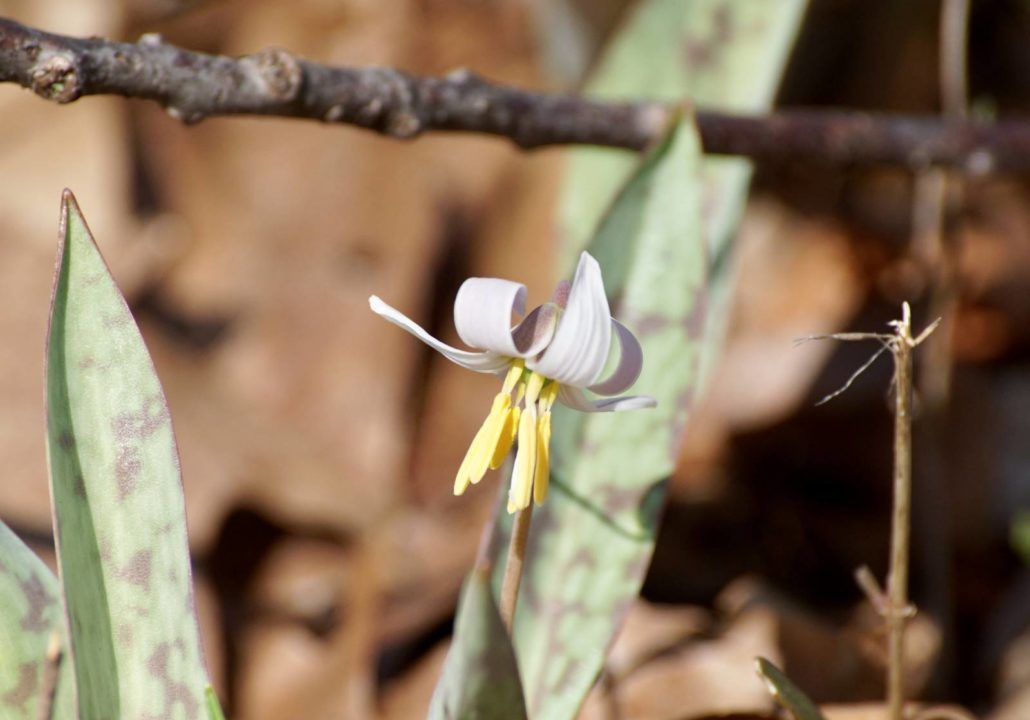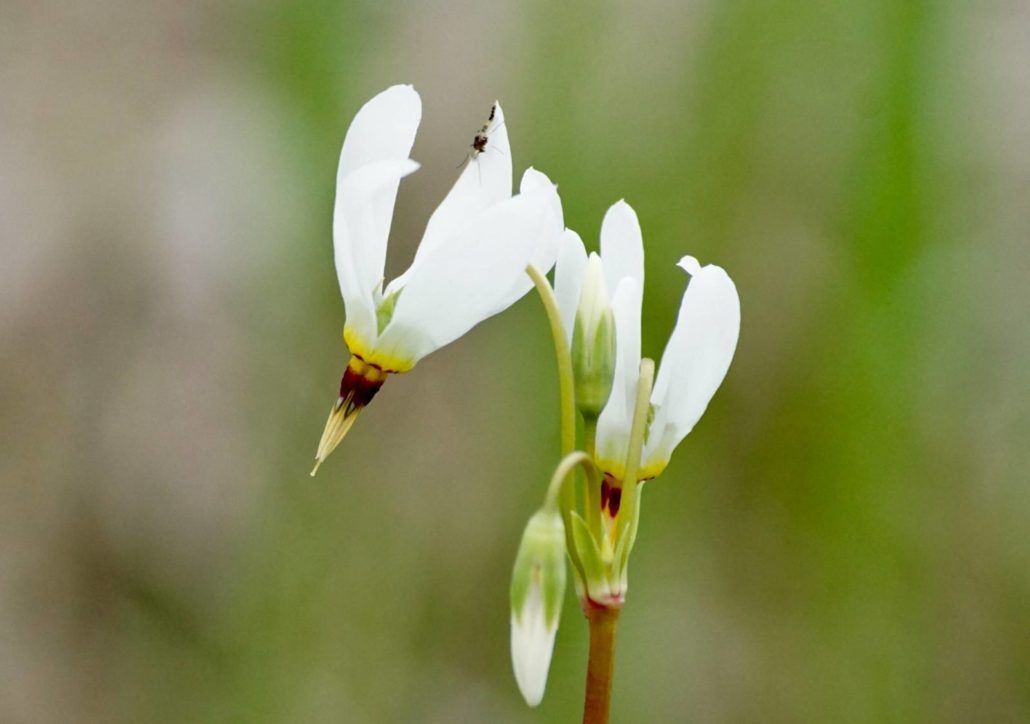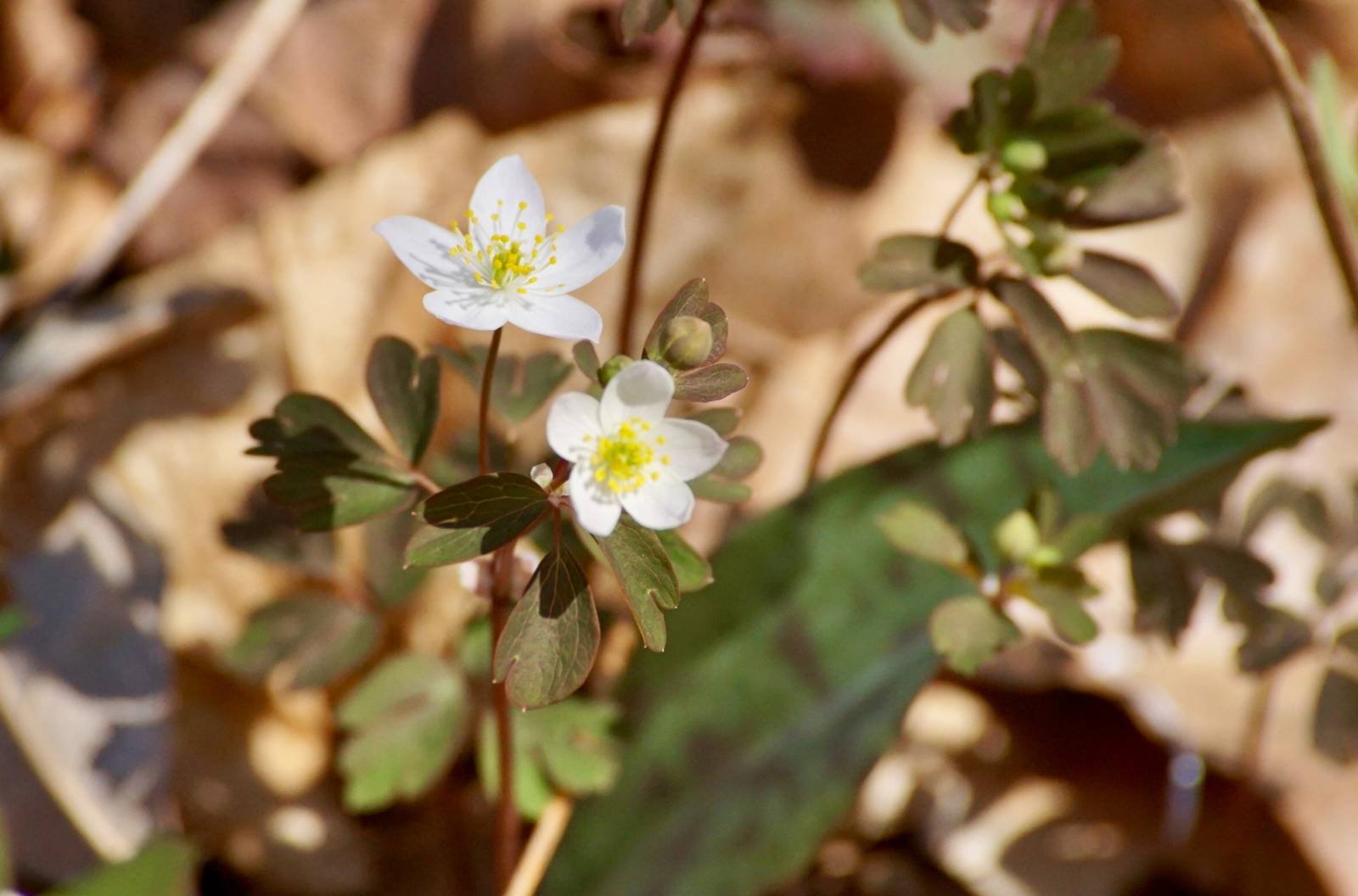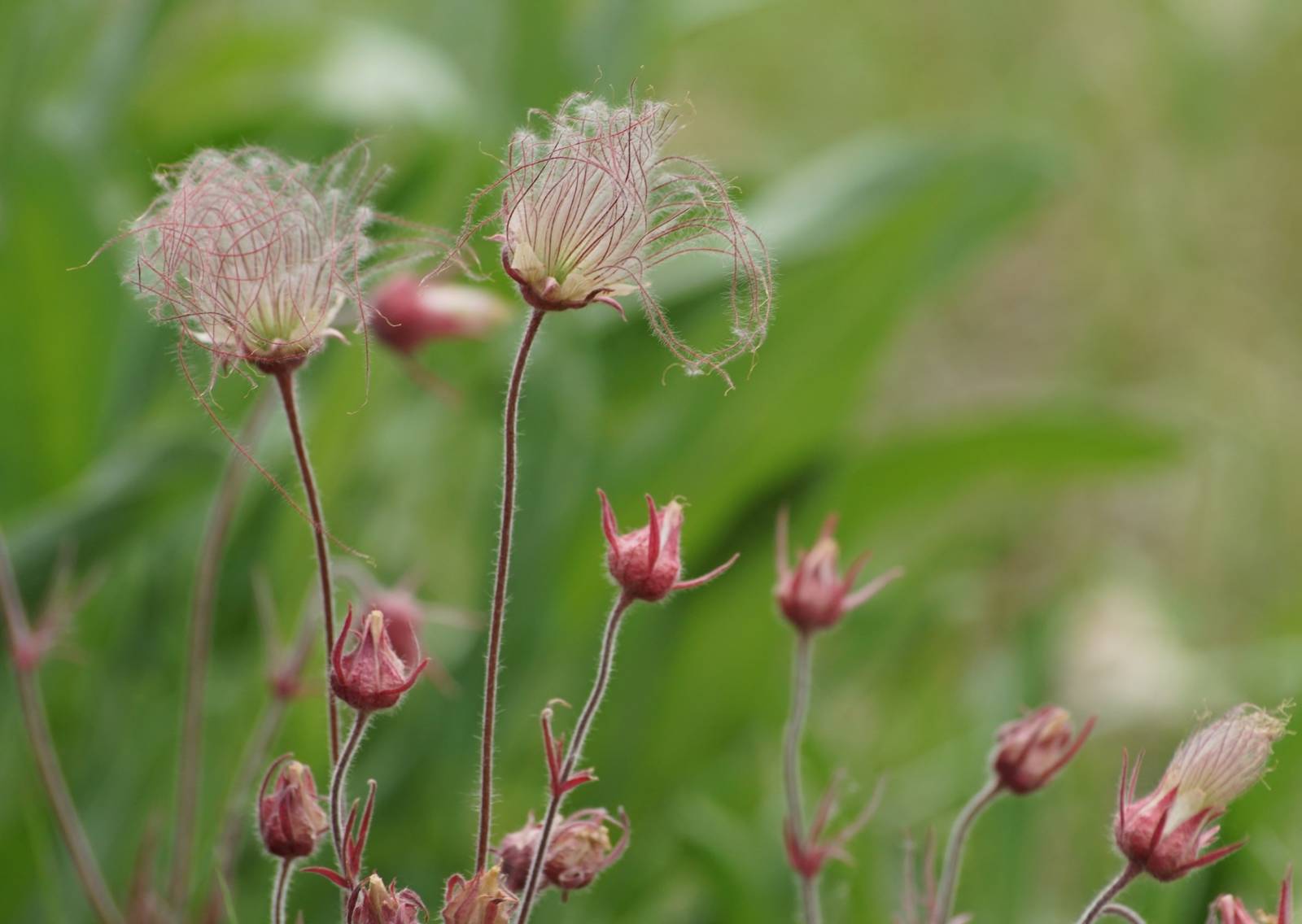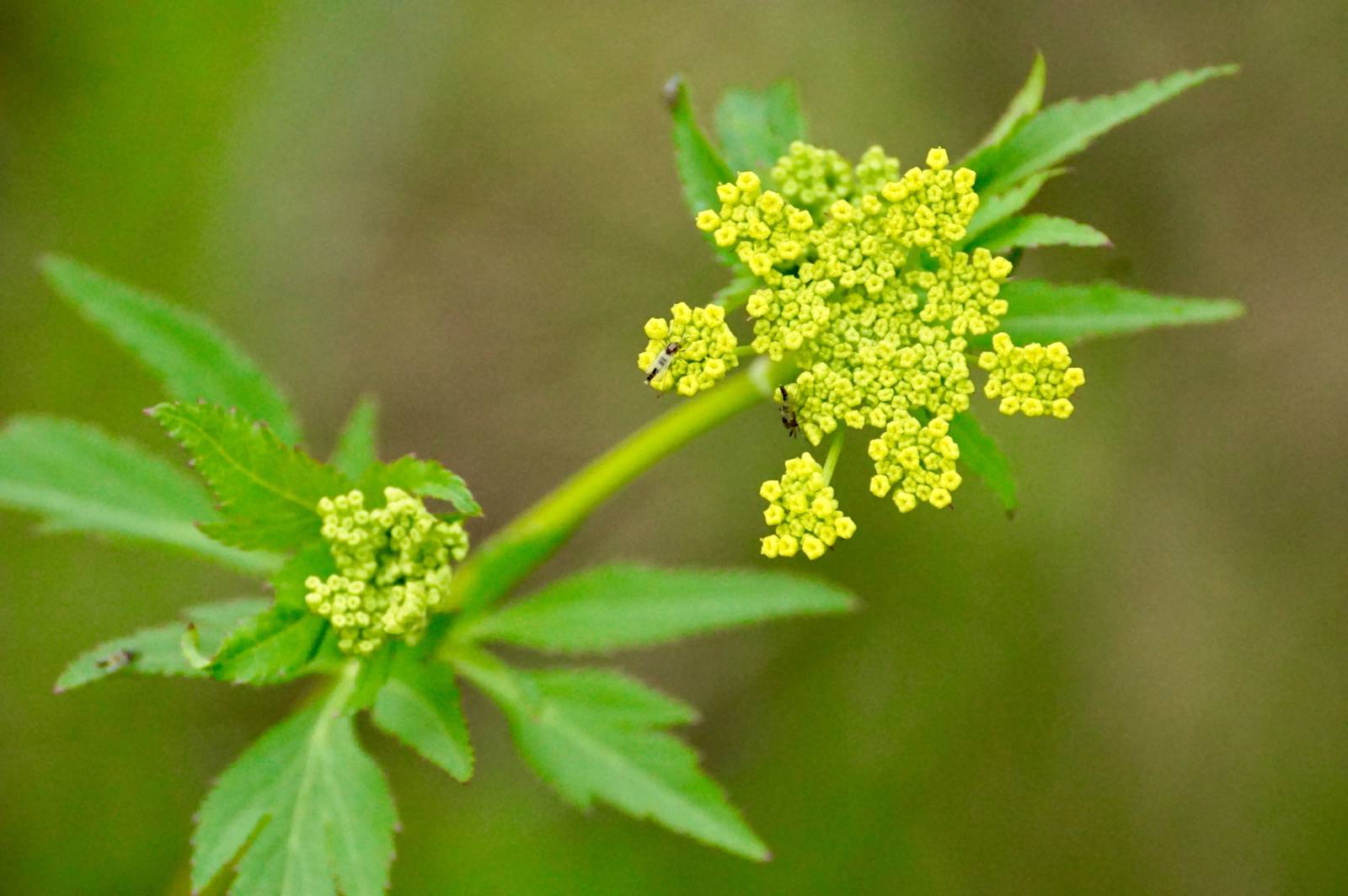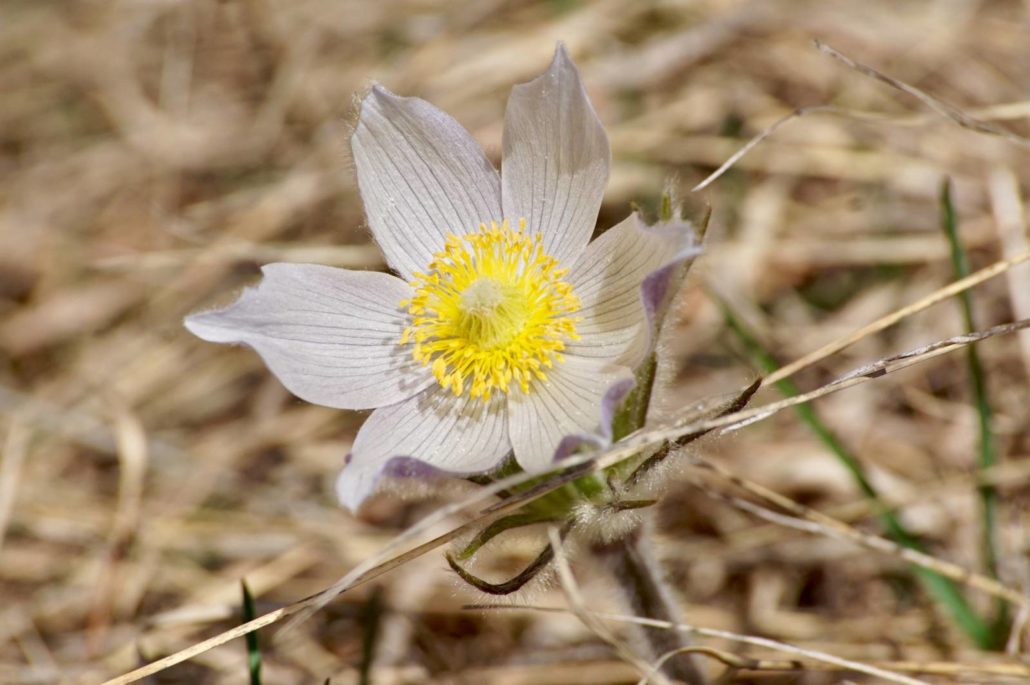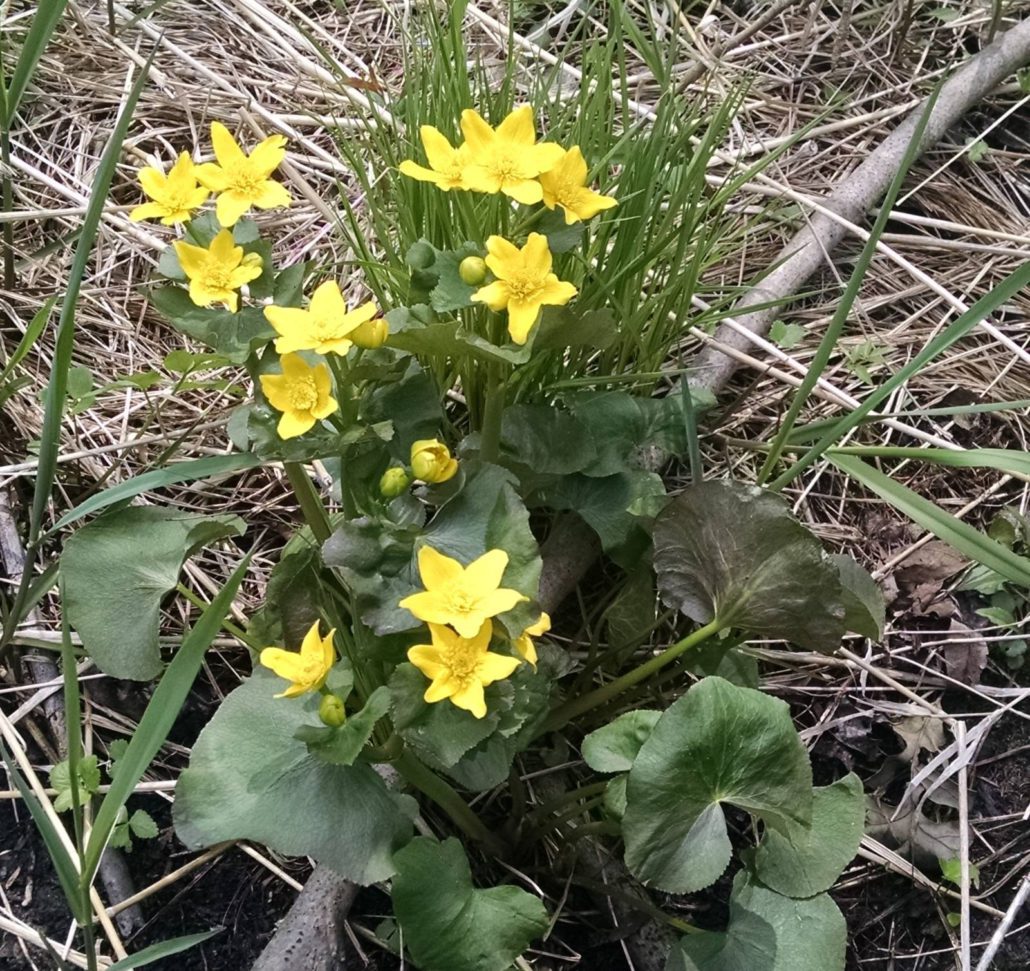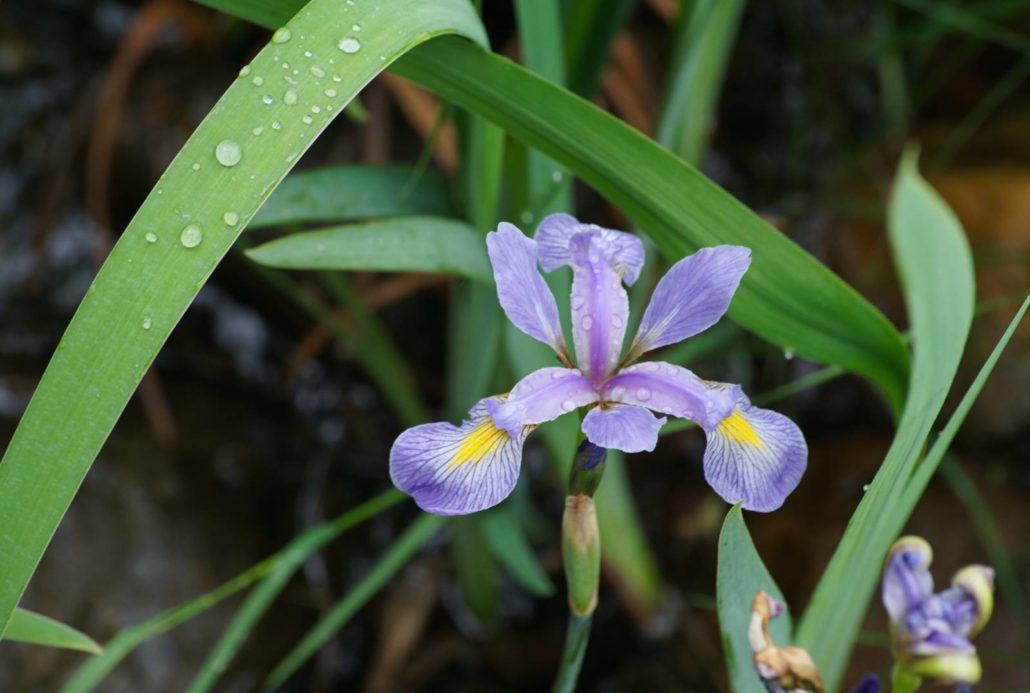One of the fantastic Riveredge volunteers, who has been exploring Riveredge trails for years to both take photographs and record observations, is letting us know what she sees blooming at Riveredge. In scientific terms, this is called “Phenology.” What is phenology? It’s very similar to another word, phenomenon. Phenology means what happens, and when, in nature. Some of the most common examples are: when flowers are blooming, when buds are present, when specific migratory bird species return, when birds are nesting.
Chances are, you already notice phenology you just might not call it that. If you notice when your garden is blooming, when the trees are budding, or when butterflies return to the skies – you’re observing phenology! Read below to learn what you can find along the trails when you visit Riveredge Nature Center right now.
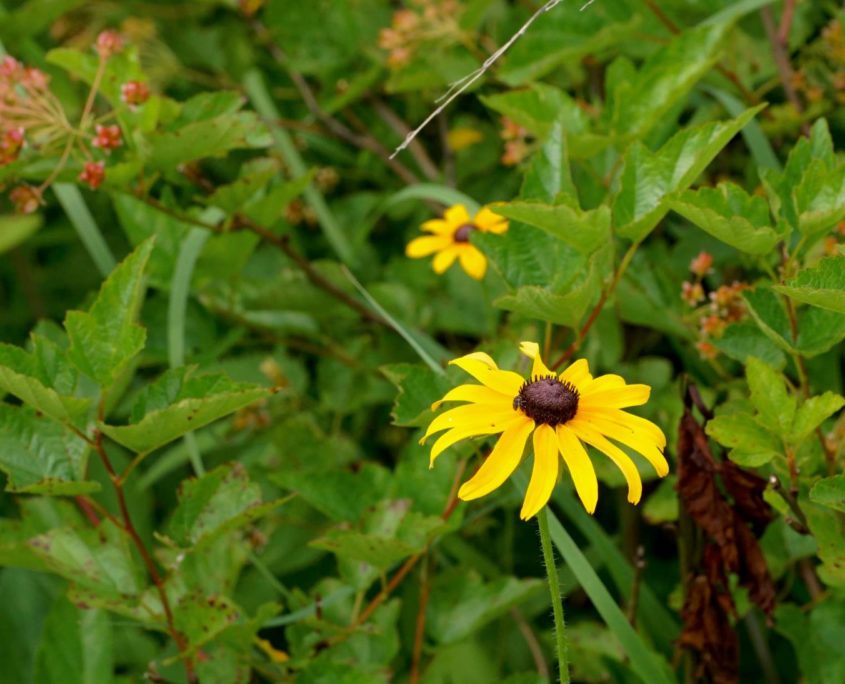
In Bloom
Lyre leaved Rock Cress
Wild Columbine
Bullhead Lily
Bladderwort
Prairie Phlox
Canada Anemone
Angelica
Tall Meadow Rue
Fragrant White Water Lily
Spiderwort
Lance Leaved Coreopsis
Hairy Beardtongue
Blue Wild Indigo
White Wild Indigo
Hoary Alyssum
Yarrow
Prairie Golden Aster
Bluets
Alumroot
Black Snakeroot
Cow Parsnip
Wild Garlic
Spreading Dogbane
Pale Purple Coneflower
Tall Beardtongue
White Beardtongue
Poke Milkweed
Harebell
Healall
Pale Spike Lobelia
Black Eyed Susan
Wild Quinine
Wild Four O’Clock
False Sunflower
Enchanter’s Nightshade
Wild Leek
Fringed Loosestrife
Marsh Phlox
Butterfly Weed
Pretty Bedstraw
Indian Hemp
Common Milkweed
Downy Wood Mint
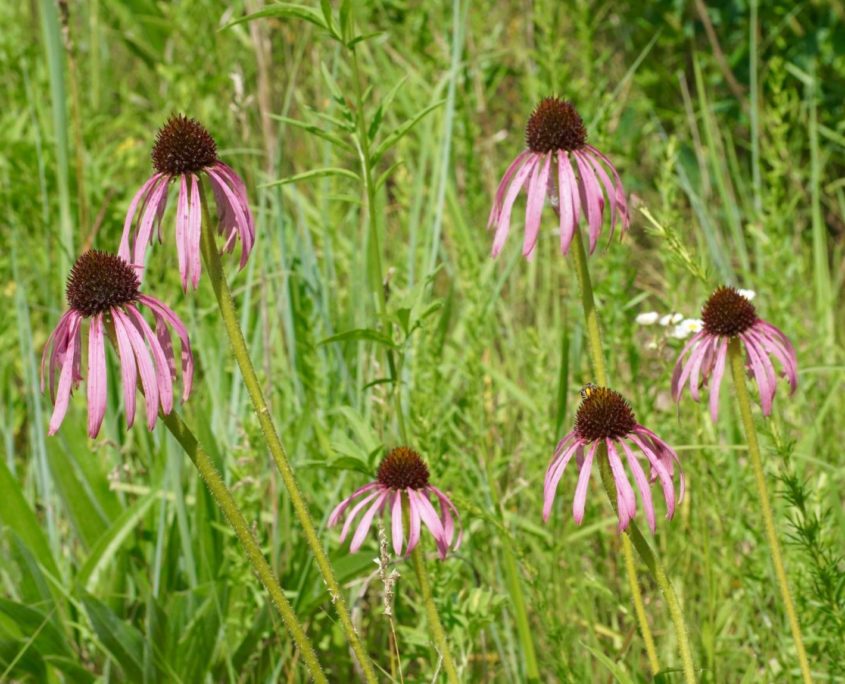
Flowers In Bud
Prairie Dock
Rattlesnake Master
Purple Coneflower
Sweet Joe Pye Weed

